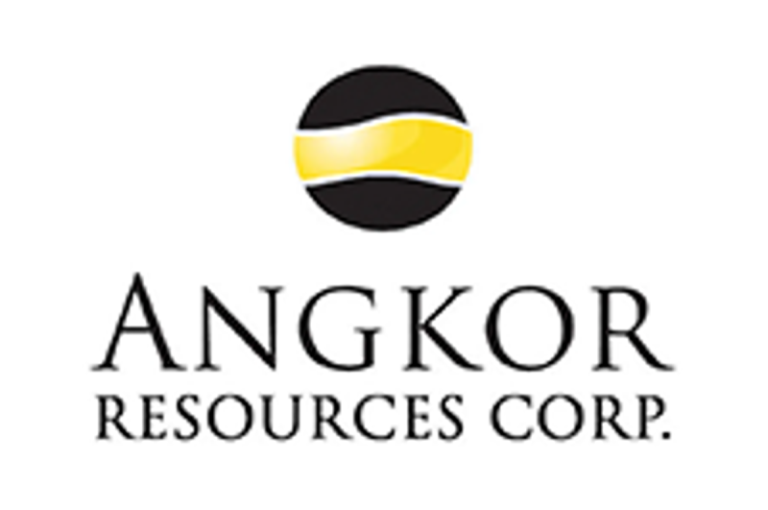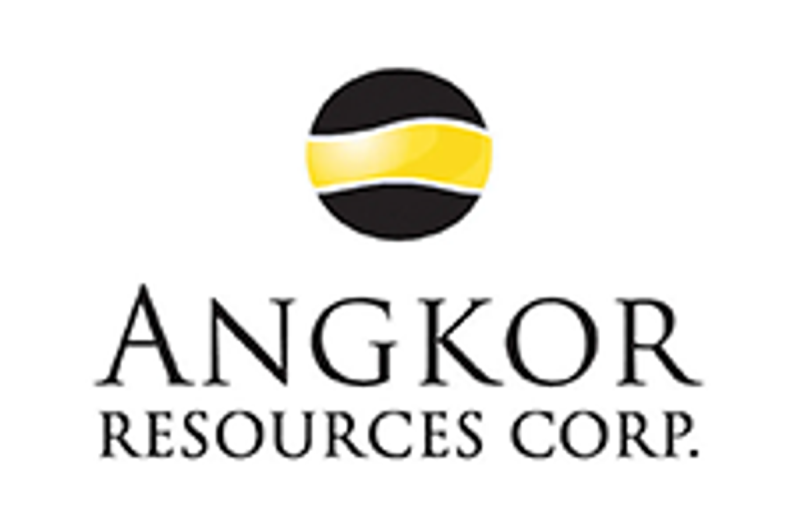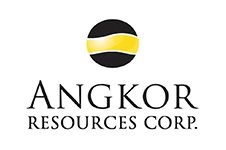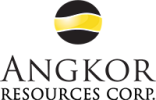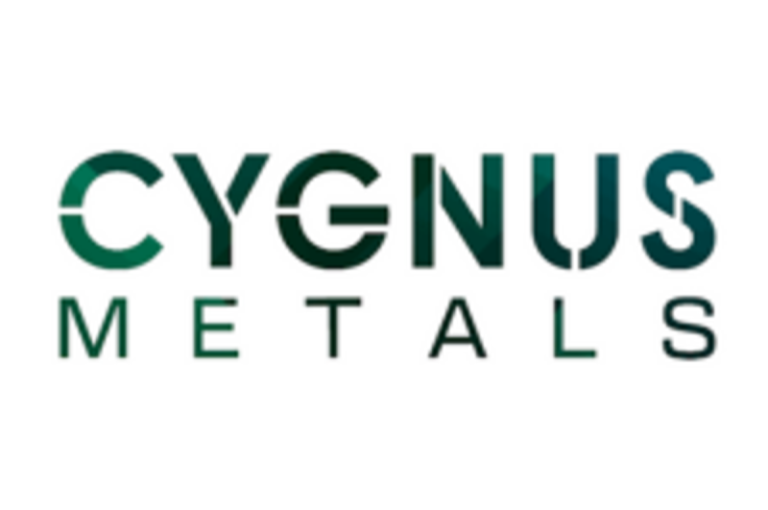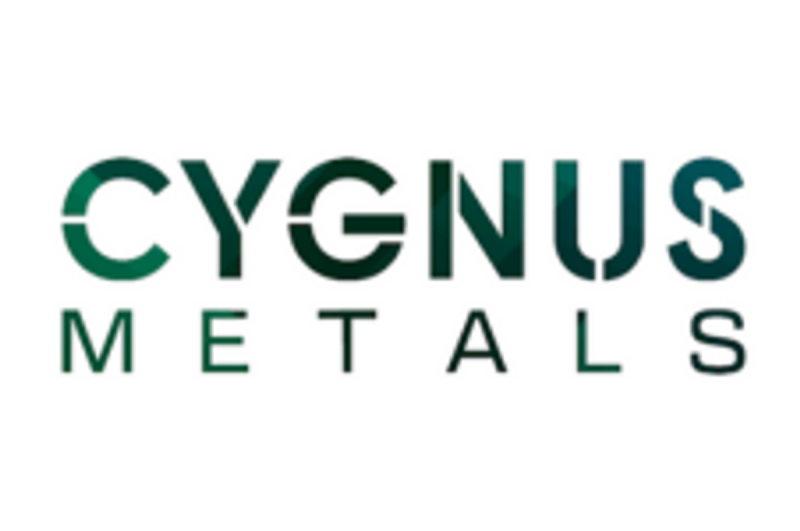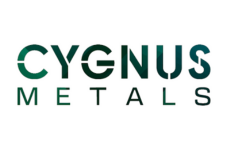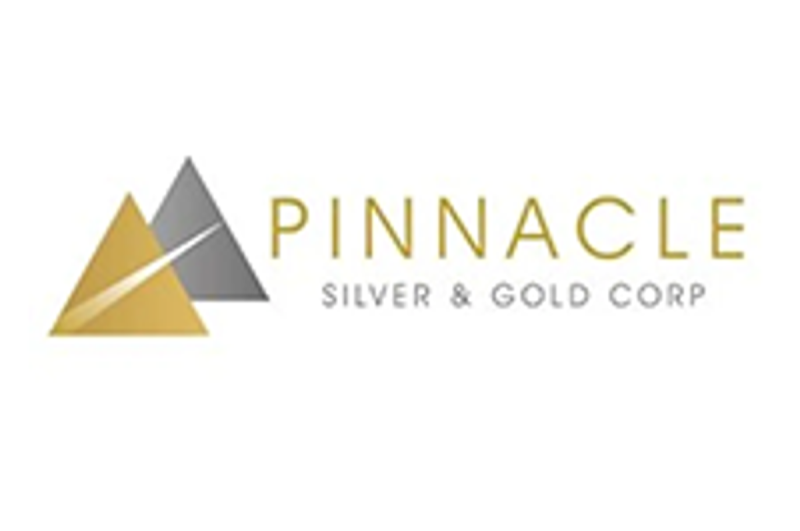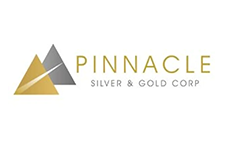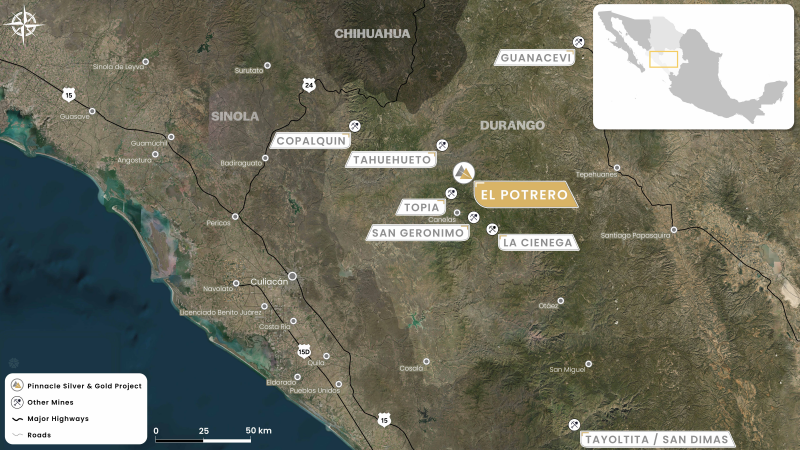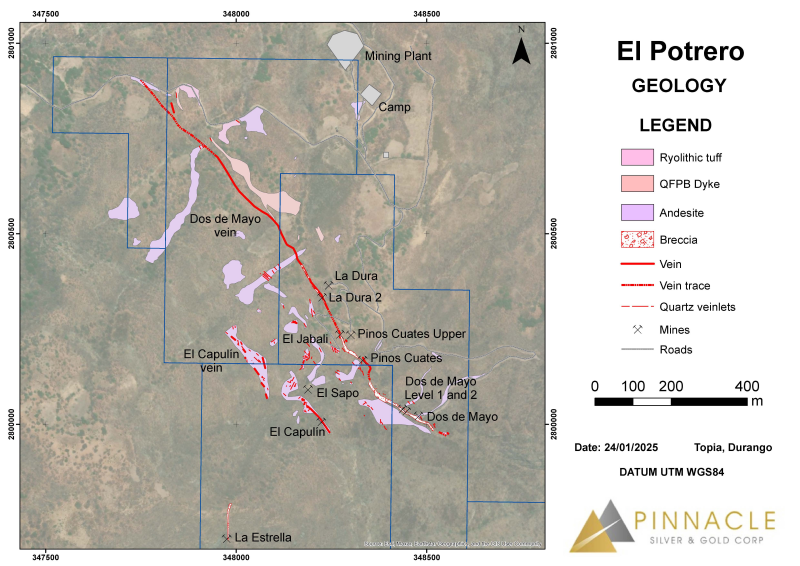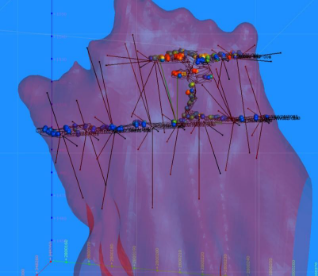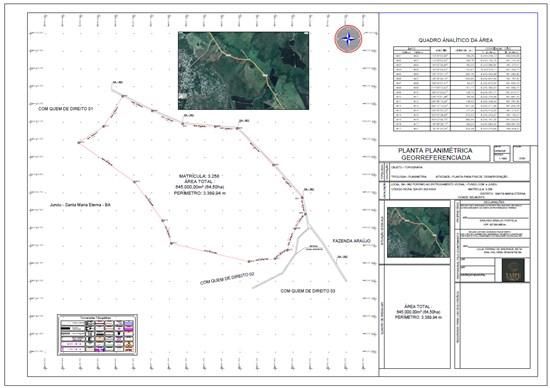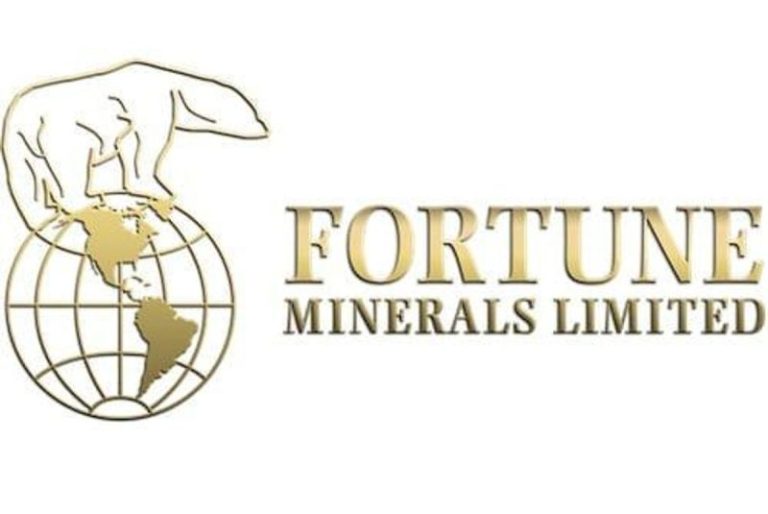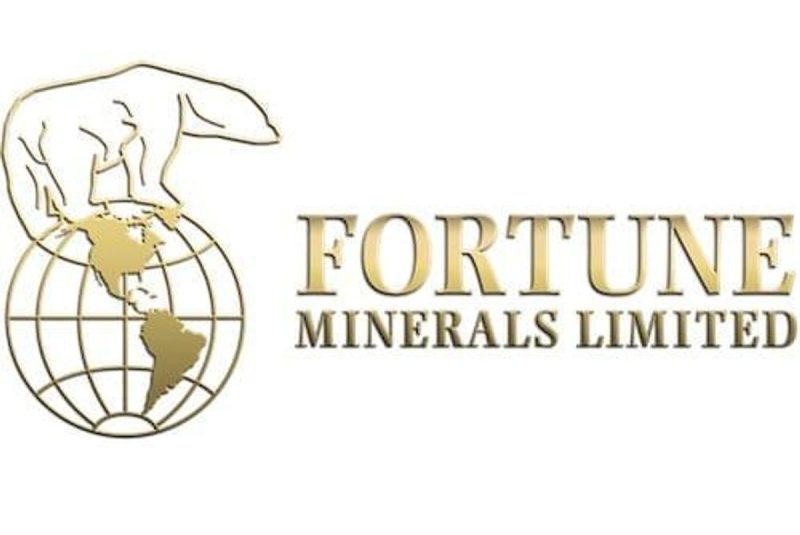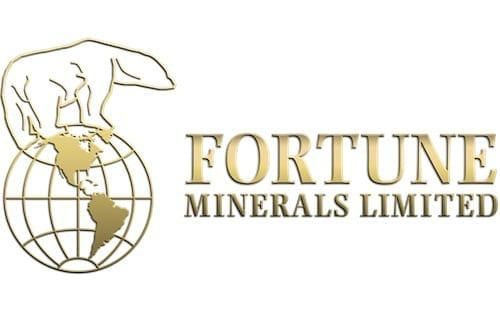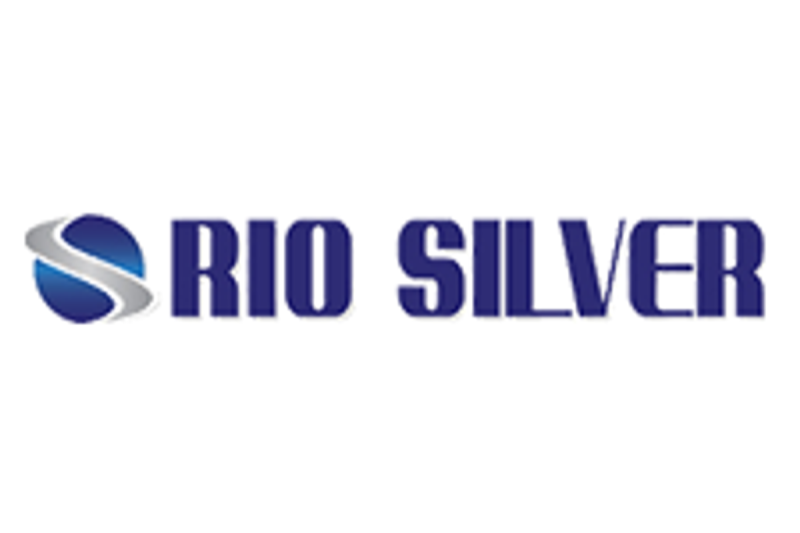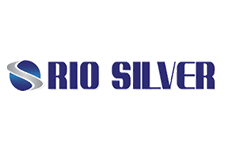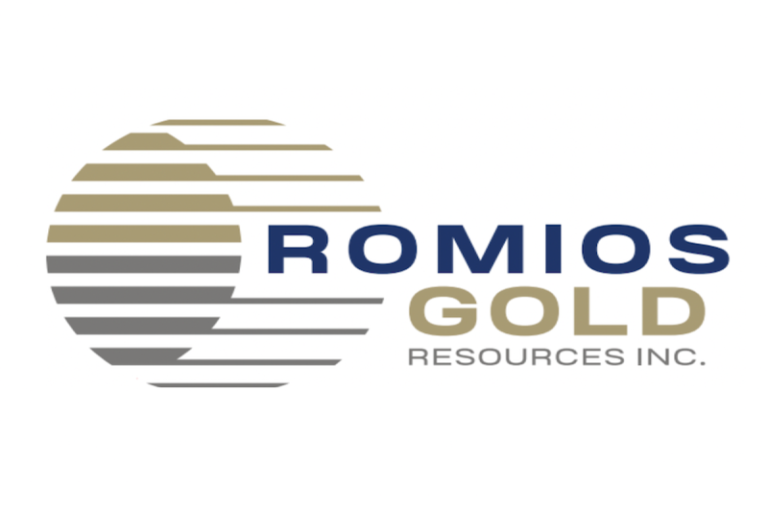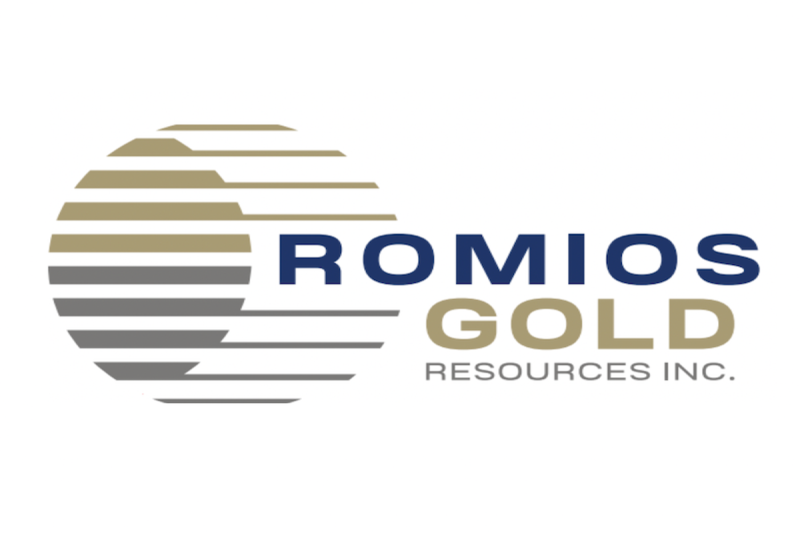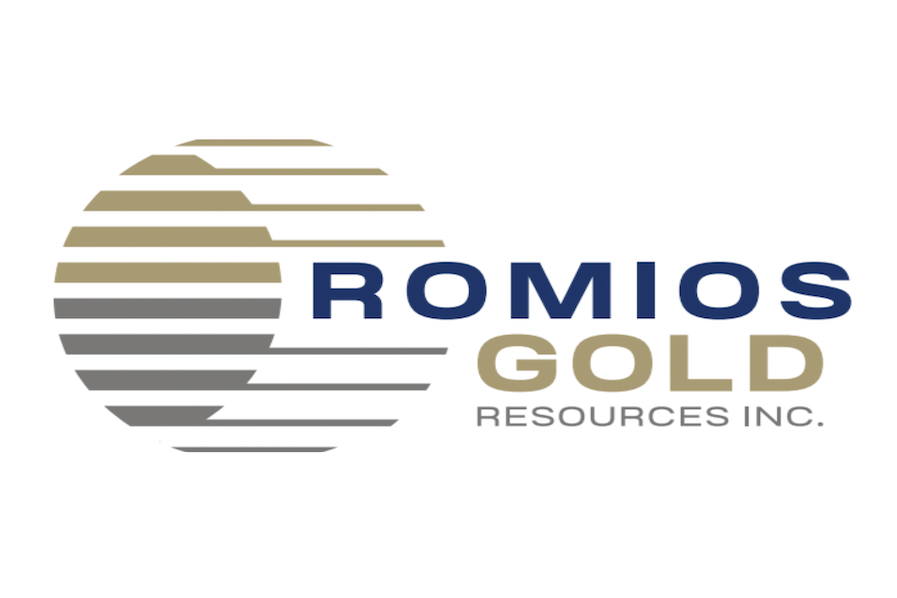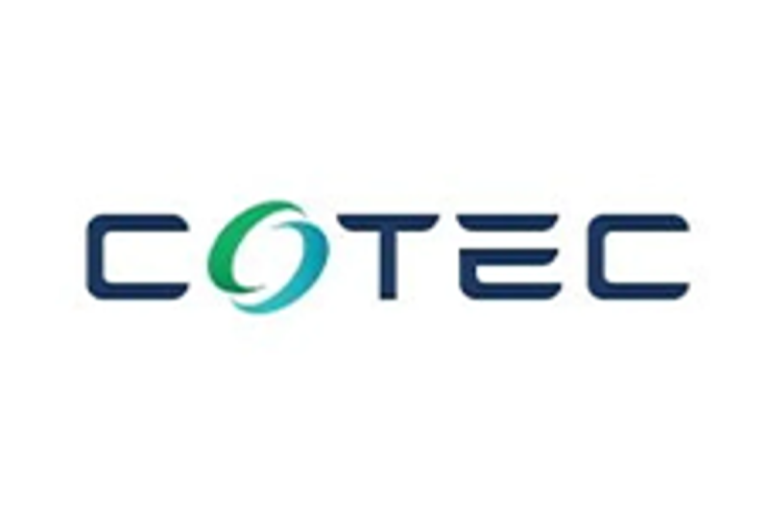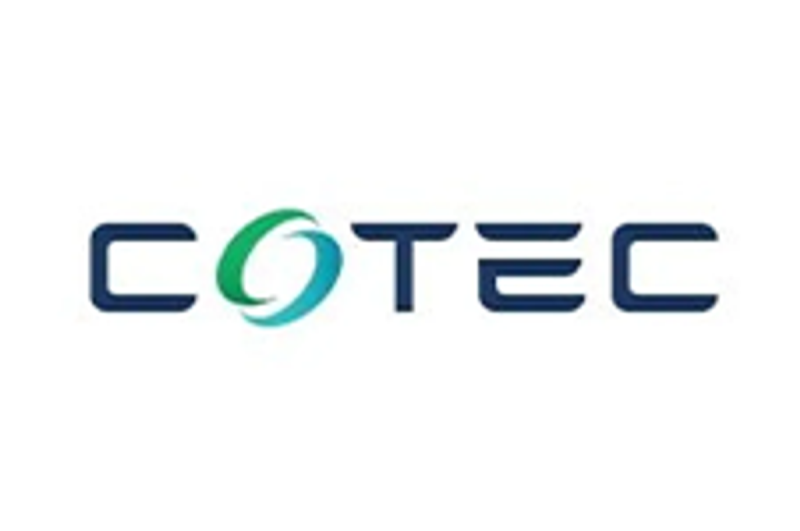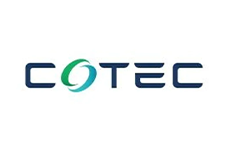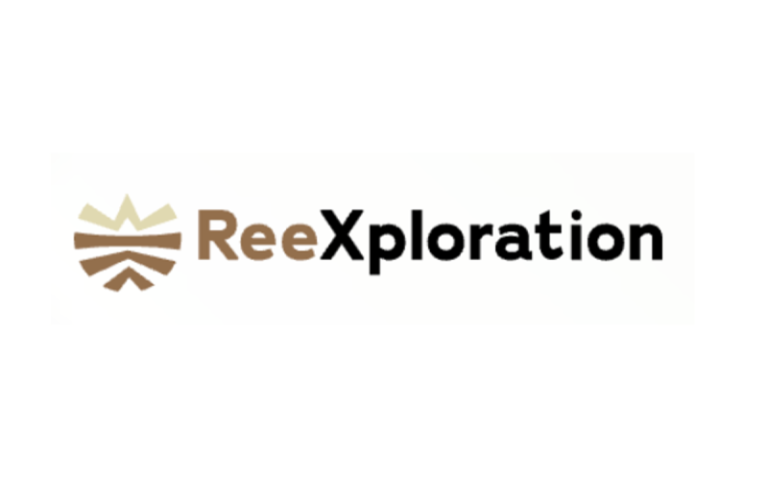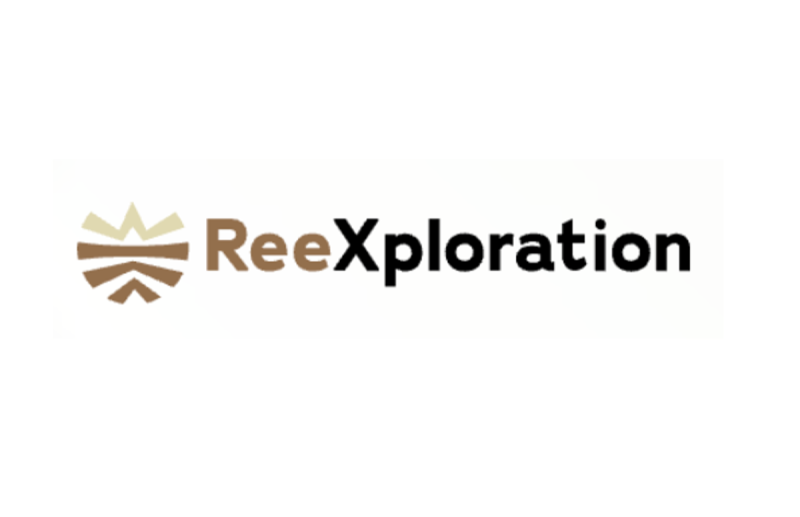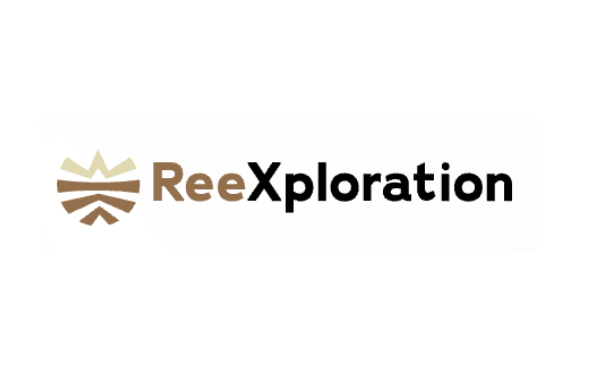Texas Facility Expansion Increases Magnet Capacity, Supports Domestic Critical-Minerals Supply Chains and Increases Post-Tax NPV to US$780 million (forecast prices) and US$409 million (current prices)
VANCOUVER, BRITISH COLUMBIA / ACCESS Newswire / December 15, 2025 / CoTec Holdings Corp. (TSXV:CTH,OTC:CTHCF)(OTCQB:CTHCF) (‘CoTec’ or the ‘Company’) is pleased to note today’s press release by HyProMag USA, LLC (‘HyProMag USA’), its U.S.-based joint venture rare earth permanent magnet recycling and manufacturing company.
HyProMag USA announced that it has expanded the magnet capacity of its first facility (the ‘Texas Hub’ or the ‘Project’) and has updated the valuation of the Project with the completion of the Class 2 AACE [i] capital cost estimate as part of the Detailed Engineering Design and Value Engineering Phase (the ‘Detailed Design’). The Class 2 AACE capital cost estimate and detailed value-engineering work confirm a significant increase in magnet production capacity and materially improved Project economics.
In parallel, HyProMag USA has commenced a strategic review to evaluate a potential separate listing in the U.S. for late 2026 or early 2027, subject to successful execution of the Project and meeting the required regulatory approvals.
Key Highlights
-
Uplift in project valuation: Detailed Engineering results for state-of-the art rare earth magnet recycling and manufacturing operation in the United States with a Texas Hub supported by two pre-processing spoke sites co-located at Intelligent Lifecycle Solution (‘ILS’) sites in South Carolina and Nevada [ii] :
-
US$409 million post-tax Net Present Value (‘NPV’) [iii] and 27.6% real internal rate of return (‘IRR’) based on current market prices [iv], [v]
-
US$780 million post-tax NPV and 38.7% real IRR based on forecast market prices [vi]
-
Increased magnet production capacity: 941 metric tons per annum of recycled sintered NdFeB magnets and 611 metric tons per annum of associated NdFeB co-products (total payable capacity – 1,552 metric tons NdFeB) over a 40-year operating life
-
Competitive operating profile: Low all-in sustaining cost (‘AISC’) Xii, [vii] of US$22.3 per kg of NdFeB product versus current weighted average market price of US$56.8 per kg of NdFeB products, with significant scope for price recovery from current market conditions
-
Scalable design with expansion potential: The optimized layout allows for the inclusion of an additional two furnaces within three years following commissioning for an additional capital cost of approximately US$3 million
-
Up-front capital cost: Total initial capital cost of US$142 million [viii] (inclusive of an 8.2% contingency margin and Class 2 AACE estimated detailed design study and engineering costs) over a one-year construction phase
-
Attractive payback [ix] profile:
-
Industrial and workforce impact: The Plant [xi] is expected to support revitalization of the U.S. magnet sector and create 90-100 skilled magnet manufacturing jobs
-
Feedstock security: HyProMag USA is continuing to develop its feedstock sources and supply through its partnership with ILS [xii]
-
Detailed Engineering: led by PegasusTSI Inc. (U.S.) and BBA USA Inc. (Canada), with support from HyProMag’s international teams and the University of Birmingham
Julian Treger, CoTec CEO commented: ‘We are very pleased with the results of the Detailed Design to date and the resulting increase in magnet capacity and improved economics of the Texas Hub, the first of several hubs targeted by HyProMag USA. We believe that the Project provides a unique opportunity for the U.S. to partially address its dependence on foreign supplied rare earth magnets and alloy powders, critical inputs for accelerating the reshoring of U.S. manufacturing. With the Texas site secured through a long-term lease, Detailed Design well advanced and robust economics, our focus is now on securing sufficient feedstock and the necessary finance to commence with construction.
We have also started evaluating the pathway towards a potential U.S. listing, recognizing the opportunity to broaden our investor base and strengthen access to capital. Any listing would be subject to a successful execution of the Project and securing the necessary regulatory approvals. We expect that the timing of a U.S. listing, if pursued, would be towards late 2026 or early 2027.’
Detailed Design and Project Economics Update
The Detailed Design, undertaken by a multidisciplinary team appointed by CoTec and Mkango and led by independent engineers, PegasusTSI and BBA, is now circa 30% complete and part of the study to date included an optimization of the operation as well as an updated capex profile. This has resulted in an increase in the post-tax NPV of the Project from US$262 million and an IRR of 23% based on current estimate prices to an NPV of US$409 million and an IRR of 27.6%. Using forecast market prices the post-tax NPV of the Project increases from US$503 million and an IRR of 31% to a post-tax NPV of US$780 million and an IRR of 38.7%.
The main driver of the increased economics was the debottlenecking of the magnet lines resulting in an increase in magnet production from circa 750 metric tons of magnets to 941 metric tons of magnets per annum. Furthermore, the Project is expected to provide 611 metric tons of NdFeB alloy co-products per annum. The average market price of NdFeB magnets increased by circa US$10 per kg Product from the feasibility study. NdFeB alloy co-products make up 39% of overall production compared to 28% in the feasibility study with the additional third Hydrogen Processing of Magnetic Scrap (‘HPMS’) vessel, resulting in an increase in average market price of all NdFeB Products from US$55 per kg Product to US$57 per kg Product.
The Detailed Design review also resulted in an increase in capex for the Project from US$135 million to US$142 million due to the addition of magnet finishing equipment and advanced Grain Boundary Diffusion (‘GBD’) techniques. GBD allows the Texas Hub greater operational flexibility to make grades of magnets with higher coercivity (>20 kOe), which are capable of operating at higher temperatures.
Potential Future U.S. Listing
HyProMag USA’s owners, CoTec Holdings Corp. (TSXV: CTH,OTC:CTHCF; OTCQB: CTHCF) (‘CoTec’) and Mkango Resources Ltd. (AIM/TSX-V: MKA) (‘Mkango’) believe that a separate listing of the shares of HyProMag USA in the U.S. could potentially provide it with access to a broader investor audience, increased sources of potential capital, increased research coverage from U.S. investment banks and institutions at a critical time of rebuilding U.S. critical mineral supply.
HyProMag USA has begun engaging with prospective advisors to evaluate this pathway. Any listing-if ultimately pursued, would depend on:
-
Successful execution of the Texas Hub
-
Prevailing market conditions
-
Its ability to meet U.S. regulatory requirements and secure necessary approvals
While no decision has been made, HyProMag USA expects that any possible listing would occur no earlier than late 2026 or early 2027.
Data Verification
The independent engineers are professional engineers employed by Pegasus TSI, BBA, and Weston Solutions who are responsible for engineering design, processing, infrastructure, transportation, services, capital costs, operating costs, project timeline, permitting and economic analysis. The independent engineers have reviewed and approved the scientific and technical content and the resulting impact on the economics of the Project contained in this news release.
About HyProMag USA
HyProMag USA LLC is owned 50:50 by CoTec Holdings Corp. (TSXV: CTH,OTC:CTHCF; OTCQB: CTHCF) (‘CoTec’) and HyProMag Limited. HyProMag Limited is 100% owned by Maginito Limited which is owned on a 79.4%/20.6% basis by Mkango Resources Ltd. (AIM/TSX-V: MKA) and CoTec.
For more information, please visit www.hypromagusa.com
About CoTec
CoTec Holdings Corp. (TSX-V:CTH)(OTCQB:CTHCF) is redefining the future of resource extraction and recycling. Focused on rare earth magnets and strategic materials, CoTec integrates breakthrough technologies with strategic assets to unlock secure, sustainable, and low-cost supply chains for the United States and its allies.
CoTec’s mission is clear: accelerate the energy transition while strengthening U.S. economic and national security. By investing in and deploying disruptive technologies, the Company delivers capital-efficient, scalable solutions that transform marginal assets, tailings, waste streams, and recycled products into high-value critical minerals.
From its HyProMag USA magnet recycling joint venture in Texas, to iron tailings reprocessing in Québec, to next-generation copper and iron solutions backed by global majors, CoTec is building a diversified portfolio with long-term growth, rapid cash flow potential, and high barriers to entry. The result is a game-changing platform at the intersection of technology, sustainability, and strategic materials.
For more information, please visit www.cotec.ca
For further information, please contact:
Braam Jonker – (604) 992-5600
Forward-Looking Information Cautionary Statement
Statements in this press release regarding the Company and its investments which are not historical facts are ‘forward-looking statements’ which involve risks and uncertainties, including statements relating to the Company’s interest in HyProMag USA, the potential future value of HyProMag USA and its potential future listing in the United States and management’s expectations with respect to its current and potential future investments, including HyProMag USA, and the benefits to the Company which may be implied from such statements. Since forward-looking statements address future events and conditions, by their very nature, they involve inherent risks and uncertainties. Actual results in each case could differ materially from those currently anticipated in such statements, due to known and unknown risks and uncertainties affecting the Company, including but not limited to resource and reserve risks; environmental risks and costs; labor costs and shortages; uncertain supply and price fluctuations in materials; increases in energy costs; labor disputes and work stoppages; leasing costs and the availability of equipment; heavy equipment demand and availability; contractor and subcontractor performance issues; worksite safety issues; project delays and cost overruns; extreme weather conditions; and social and transport disruptions. For further details regarding risks and uncertainties facing the Company please refer to ‘Risk Factors’ in the Company’s filing statement dated April 6, 2022, a copy of which may be found under the Company’s SEDAR+ profile at www.sedar.com. The Company assumes no responsibility to update forward-looking statements in this press release except as required by law. Readers should not place undue reliance on the forward-looking statements and information contained in this news release and are encouraged to read the Company’s continuous disclosure documents which are available on SEDAR+ at www.sedarplus.ca .
Neither TSX Venture Exchange nor its Regulation Services Provider (as that term is defined in the policies of the TSX Venture Exchange) accepts responsibility for the adequacy or accuracy of this news release.
[i] Association for the Advancement of Cost Engineering (AACE) – Class 2 Estimate includes contingency of 8.2%
[ii] https://hypromagusa.com/hypromag-usa-expands-feedstock-supply-agreementwith-global-electronics-recycler-intelligent-lifecycle-solutions/
[iii] 7% real discount rates. NPVs are calculated by discounting real US dollar cash flows from 2026
[iv] Current market prices (‘Current Prices’) for all NdFeB products sold in the U.S, excluding residual scrap, derived from updated U.S. 2024 price quotes, over the life of the asset
[v] NPV does not include the economic benefit of any government or state incentives, carbon pricing
[vi] Forecast market prices (‘Forecast Prices’) are the prices for all NdFeB products sold in the U.S, excluding residual scrap feed, with the rare earth price component thereof derived from the latest rare earth oxide price forecasts from Q4 (2025) Adamas Intelligence, over the life of the asset
[vii] All In Sustaining Cost per kilogram of product sold
[viii] Capital excludes any U.S. tariffs
[ix] Payback defined as the period required to payback initial capital from first production
[x] The profitability index is a measure of the capital efficiency of a project and is defined as the project’s NPV divided by the project capital incurred to reach first production
[xi] https://hypromagusa.com/hypromag-usa-finalizes-long-term-lease-for-dallas-fort-worth-rare-earth-magnet-recycling-and-manufacturing-hub/
[xii] https://www.cotec.ca/news/hypromag-usa-expands-feedstock-supply-agreement-with-global-electronics-recycler-intelligent-lifecycle-solutions
[xiii] https://cotec.ca/news/hypromag-usas-iso-compliant-product-carbon-footprint-study-confirms-exceptionally-low-co2-footprint-of-235-kg-co2-eq-per-kg-of-ndfeb-cut-sintered-block
[Xii] AISC is not a recognizes term under IFRS and have been determined using industry guidelines and practices
SOURCE: CoTec Holdings Corp.
View the original press release on ACCESS Newswire







